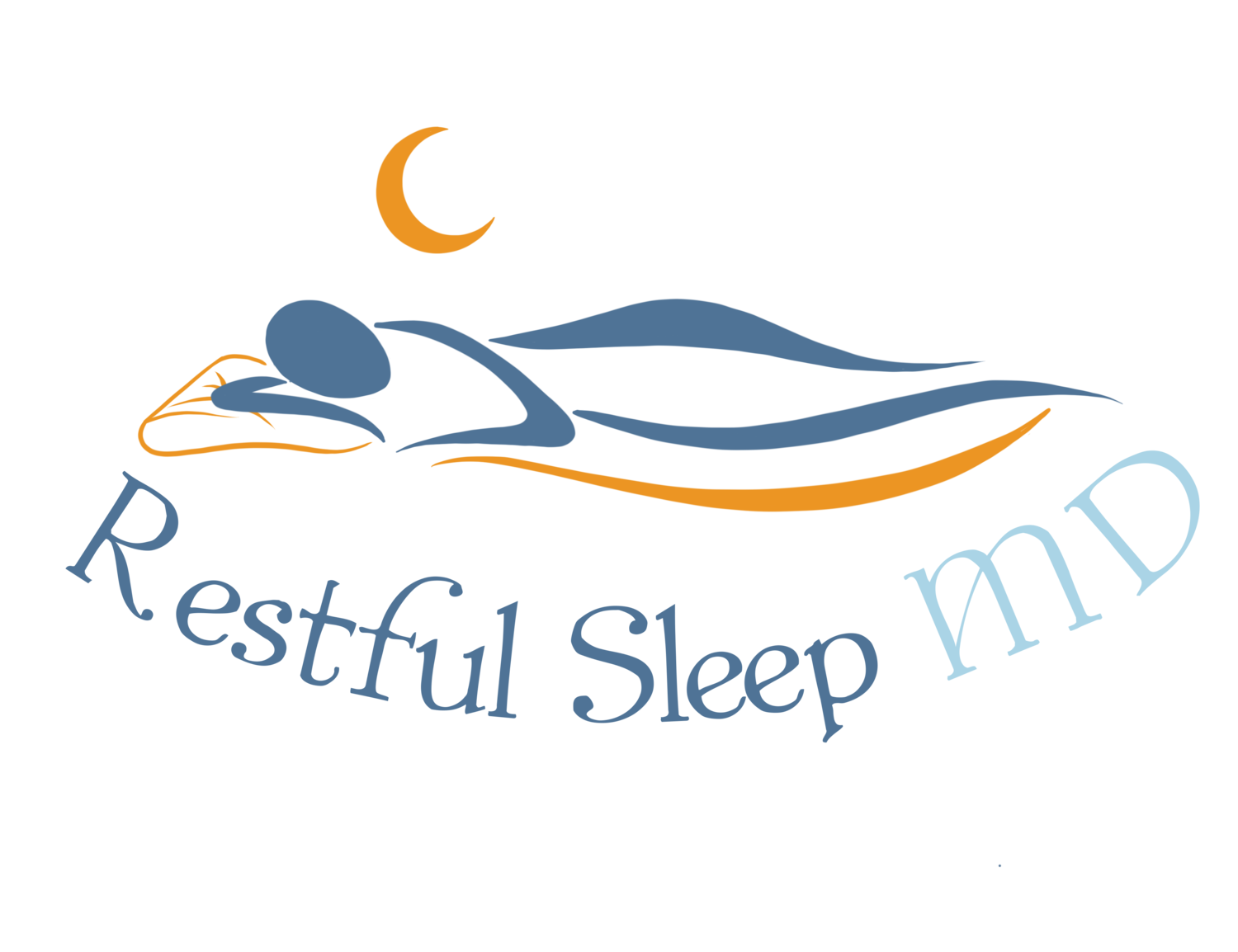Mastering Sleep Hygiene: Simple Steps for Restful Nights
A cozy and calming setup for tracking sleep health, featuring a silver sleep mask embroidered with closed eyes, a clipboard with a detailed sleep tracker, a teal candle, an alarm clock, a teapot with a matching cup, and a bowl of herbal tea leaves.
Let’s Talk About Sleep Hygiene
Despite how it sounds, sleep hygiene has nothing to do with cleanliness. In fact, I prefer to call it Restful Sleep Habits because it’s all about creating intentional practices to prepare your mind and body for high-quality sleep.
Preparing for sleep is just as essential as preparing for a big event or making a great meal. You wouldn’t expect a gourmet dinner to appear magically without putting in the effort, right? The same goes for good sleep—it requires purposeful steps and consistency.
When you adopt healthy routines and maintain strong sleep habits, the quality and duration of your sleep improve dramatically. This is the foundation of sleep hygiene.
What Is Sleep Hygiene?
Sleep hygiene refers to the consistent practices and habits that promote restful, rejuvenating sleep. It’s about creating a rhythm and environment that encourage your body and mind to fully relax and restore.
Here’s how to ensure excellent sleep hygiene for yourself and your family:
1. Regulating Circadian Rhythm and Body Clock
Our bodies thrive on rhythm and predictability. Helping your children (or yourself) establish a steady daily routine—including consistent sleep, wake, and mealtime schedules—helps regulate the internal body clock. A well-regulated circadian rhythm means better sleep quality and easier wake-ups.
Tips for aligning your body clock:
Set the same bedtime and wake-up time daily, even on weekends.
Spend time outside in natural sunlight during the day.
Avoid bright screens or harsh light 1–2 hours before bedtime.
2. Adopting Healthy Bedtime Routines
A structured bedtime routine sends clear signals to your brain that it’s time to wind down. For children, a predictable routine helps them transition from active play to peaceful rest.
Ideas for an effective bedtime routine:
Take a warm bath or shower.
Put on comfortable, breathable pajamas.
Read calming bedtime stories.
Practice quiet activities like coloring or gentle stretching.
Be consistent with these steps to create an association between the routine and sleep.
3. Creating an Optimal Sleep Environment
The bedroom should be a sanctuary for rest. Whether you’re an adult or helping a child sleep better, the right environment can make a huge difference.
How to optimize your sleep environment:
Keep the room cool (65–70°F is ideal).
Make the space as dark as possible using blackout curtains.
Use breathable, comfortable bedding.
Minimize noise or use a white noise machine to block distractions.
Remove electronic devices and visible distractions.
A peaceful image of a young child sleeping soundly, nestled in white bedding.
Sleep Tool Spotlight:
A white noise machine, like those from Manta Sleep, can create a sound shield around the bed, masking external noise and minimizing sleep disruptions. Plus, you can enjoy a 10% discount by clicking here.
Why Sleep Hygiene Matters
When we prioritize sleep hygiene, we give ourselves and our families the best chance for restful, restorative sleep. The benefits are clear: improved mood, better focus, enhanced physical health, and a stronger immune system.
By taking intentional steps and sticking to these habits, you can transform the quality of your sleep and wake up feeling refreshed and ready to take on the day.
Want to Learn More?
Dive deeper into the importance of sleep hygiene and how to make it a part of your daily routine.
📖 Read the full blog post here: https://www.google.com/url?q=https://www.therestfulsleepplace.com/blog/set-yourself-up-for-sleep-success?rq%3Dsleep%2520hygiene%2520&sa=D&source=docs&ust=1732748154463587&usg=AOvVaw2ytgpwQUd2MZHX-rHH1n98
📍 Now serving families in PA and NJ
🌐 www.therestfulsleepplace.com
📞 (215) 607-8297



